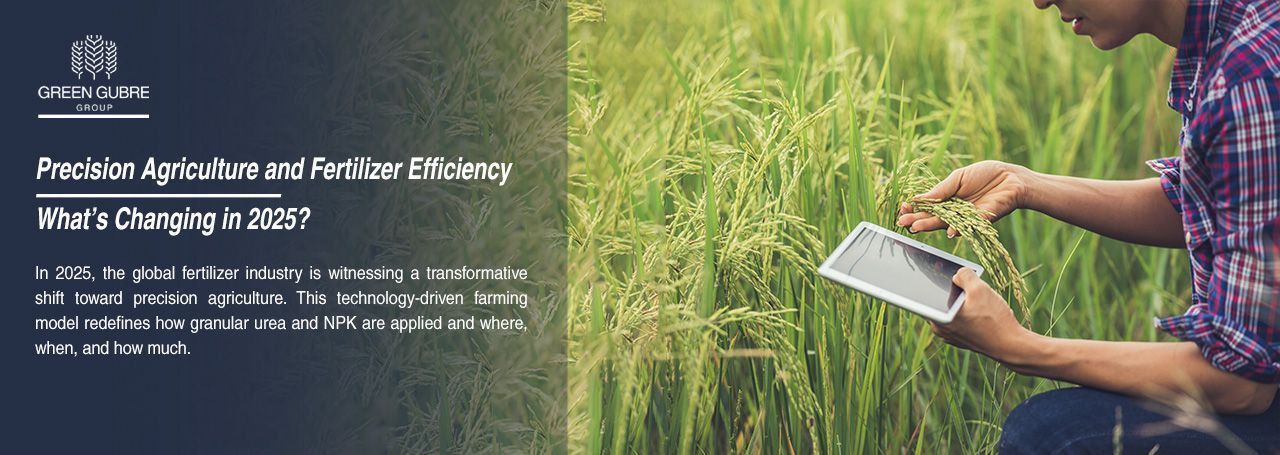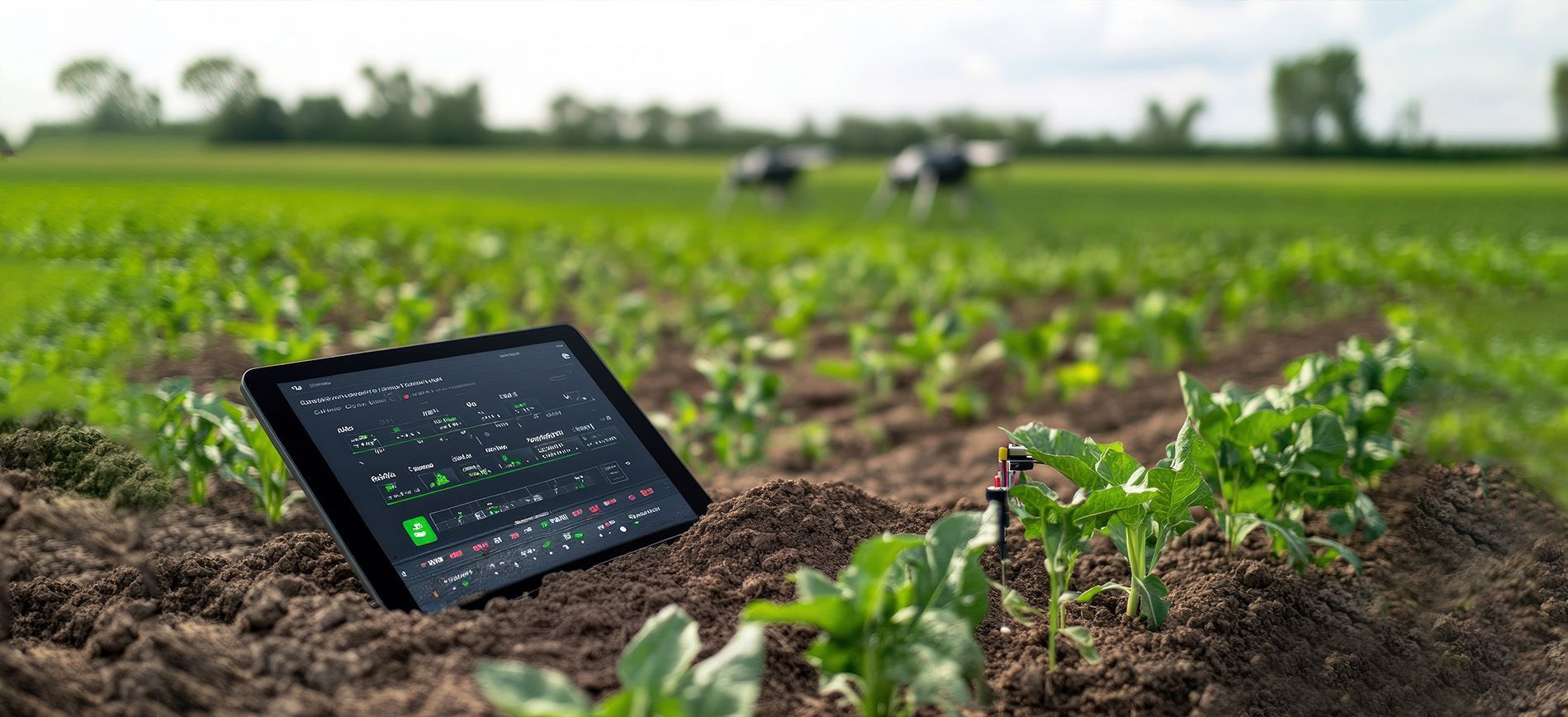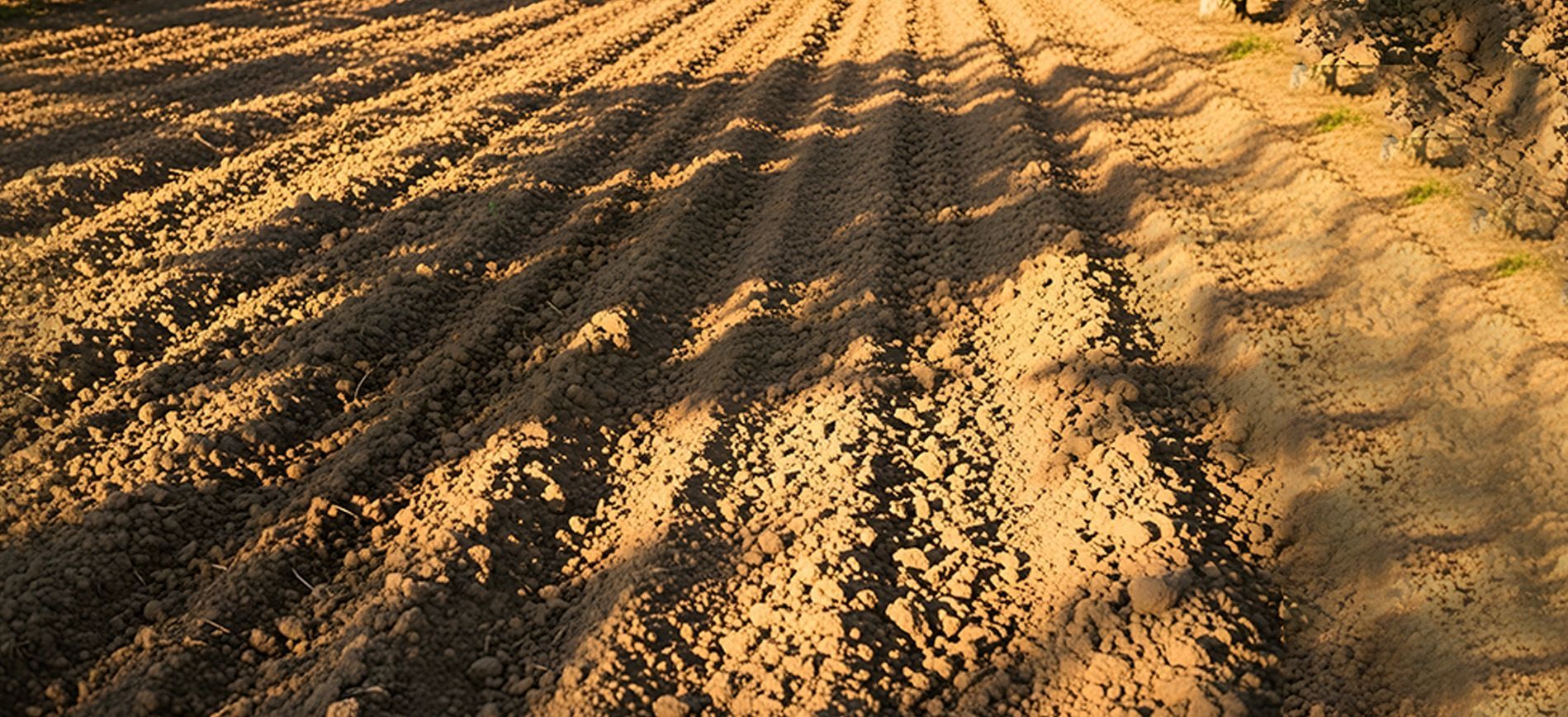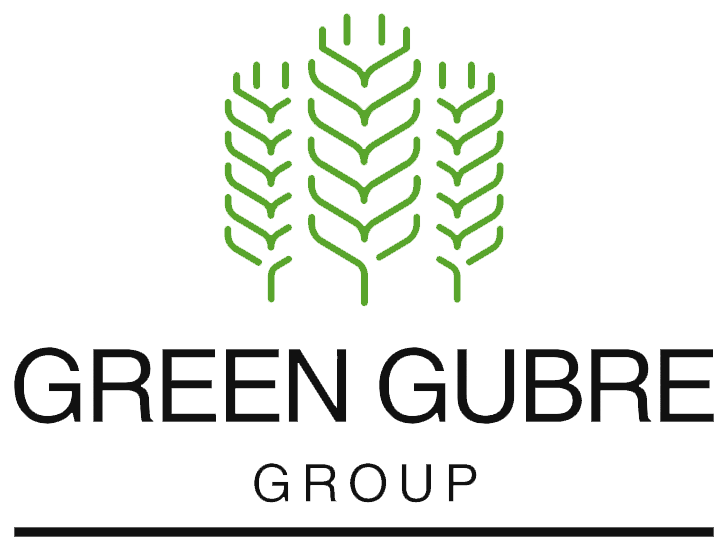Precision Agriculture and Fertilizer Efficiency – What’s Changing in 2025
Precision Agriculture and Fertilizer Efficiency – What’s Changing in 2025

The Era of Precision is Now
In 2025, the global fertilizer industry is witnessing a transformative shift toward precision agriculture. This technology-driven farming model redefines how granular urea and NPK are applied and where, when, and how much. Powered by AI, satellite imaging, drones, and data-driven tools, precision agriculture is helping farmers optimize fertilizer use while reducing waste and environmental impact.
As climate variability intensifies and fertilizer prices remain volatile, precision agriculture is no longer a luxury—it’s becoming a necessity, especially in Africa, India, and parts of East Asia.
1. What is Precision Agriculture and Why Does It Matter
Precision agriculture refers to using digital technologies to collect and analyze real-time field data to guide crop input decisions. For fertilizers, this translates to:
- Site-specific application based on soil health and crop requirements
- Remote sensing to assess nutrient deficiencies
- Variable rate technology (VRT) that adjusts application rates across fields
This allows farmers to increase nitrogen use efficiency (NUE), reduce costs, and enhance yields sustainably.
2. Granular Urea and NPK in the Precision Model
Traditionally applied uniformly, granular fertilizers are now being deployed in more innovative ways:
- Granular Urea: Applied via drones or automated spreaders in zones with the highest nitrogen demand
- NPK Blends: Customized per region and microclimate with the help of GIS-based soil maps
- Coated fertilizers (slow-release or polymer-coated) are used to match crop growth phases precisely
Example: In India’s Punjab region, VRT-equipped tractors apply NPK blends based on real-time nutrient maps, reducing fertilizer use by up to 25% while maintaining yields.
3. African Markets: Opportunity for Leapfrogging
While Africa faces infrastructure challenges, it also presents a leapfrogging opportunity:
- Mobile-enabled soil testing kits and drone services are gaining traction in Kenya, Ghana, and Nigeria
- Governments are integrating precision farming tools into subsidy programs (e.g., Nigeria’s FMARDSPACE)
- NGOs and agtech startups offer bundled services: soil diagnostics + fertilizer advisory + delivery
Opportunity: Fertilizer suppliers can partner with local agri-tech firms to bundle urea/NPK with advisory and application services.
4. Enabling Technologies and Tools in 2025
- AI-Powered Crop Modeling: Forecasts nutrient needs and yield outcomes based on weather and field history
- IoT Sensors: Measure moisture and nutrient levels in real-time to better time fertilizer application
- Drones & Satellite Imagery: Detect chlorophyll levels and identify nitrogen stress across large plots
- Mobile Apps: Deliver farmer-specific recommendations in local languages
These tools allow for data-informed, efficient fertilizer use, especially where resources are limited.
5. Exporters and Traders: How to Adapt
For global fertilizer suppliers, precision agriculture means:
- Offering precision-ready packaging (e.g., smaller, VRT-compatible bags)
- Providing training and agronomic content to distributors and agro-dealers
- Collaborating with digital platforms for product traceability and targeted marketing
Suppliers who support precision fertilizer deployment—not just delivery—will gain market trust and long-term contracts.
Conclusion: Precision Farming, Smarter Fertilizer Futures
As farmers worldwide face mounting pressure to produce more with less, precision agriculture offers a strategic advantage. For granular urea and NPK suppliers, this trend is more than technological—it’s a business imperative. Supporting innovative application methods means creating lasting value, not just selling volume.




